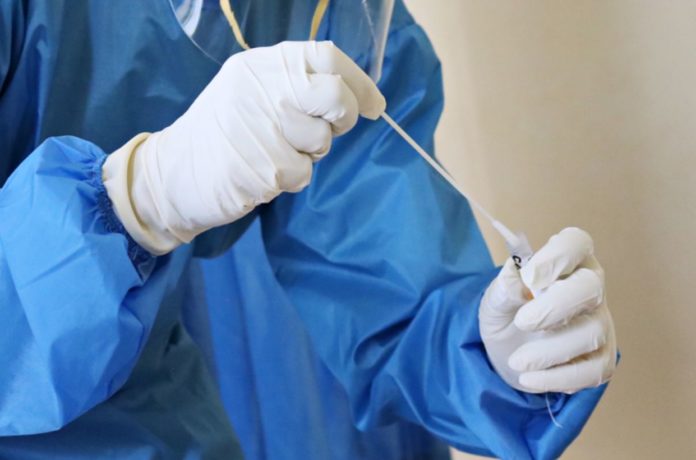Contamination and design problems caused false positive reactivity in the first lot of RT-PCR testing.
The first batch of COVID-19 tests distributed by the US Centers for Disease Control and Prevention (CDC) had problems with the assay design and contamination in one of the assay components, according to a report from the CDC that was published this week in the open-access journal PLOS ONE.
On January 12, 2020, CDC scientists revealed the whole SARS-CoV-2 genome sequence from a patient in Wuhan, China, and began developing a Real-Time RT-PCR Diagnostic Panel to detect the novel coronavirus.
The first RT-PCR panel, which began being disseminated to US state public health laboratories on February 5, 2020, was designed to distinguish three distinct sites on the SARS-CoV-2 genome, known as “loci.”
The agency received complaints of false positive reactivity in the negative controls generated by two of the three probes, designated as N1 and N3, within days of their distribution. As a result, the panel was changed, including the removal of the N3 probes.
In the current study, experts from the health agency examined the diagnostic panel’s design, validation, production, and distribution. The researchers noted that contamination of the N1 component of the RT-PCR kits by a synthetic piece of genetic material was one source of the negative control’s false-positive reactivity. The N1 contamination was discovered in the first batch of disseminated kits, resulting in about 2 percent false positives, however the pre-validation material was not infected (0 percent false positives). As a result, the researchers concluded that the N1 contamination happened during the post-production quality control process or during the packaging of the kits, which has now been rectified.
However, scientists claim that the N3 probe’s negative control’s false positive reactivity was caused by a design error. In the absence of any virus, two molecules in the N3 probe typically bind to one other, causing fluorescence to indicate a positive reaction. The negative control’s false positive reactivity increased with the age of the RT-PCR test kits, which could explain why early evaluation runs utilizing newly created materials did not see a lot of false positives.
According to the researchers, the CDC has improved quality control, quality assurance, and assay validation for RT-PCR and other diagnostic procedures as a result of the issue with false-positive reactivity of the negative control.
Additional steps of evaluation and approval by specialists outside of the diagnostic panel design team, as well as piloting the diagnostic panels with public health laboratories to ensure functionality and usability, are among the revisions.
Source: 10.1371/journal.pone.0260487
Image Credit: Unsplash
You were reading: CDC: first batch of COVID-19 tests had flaws in assay design and contamination
